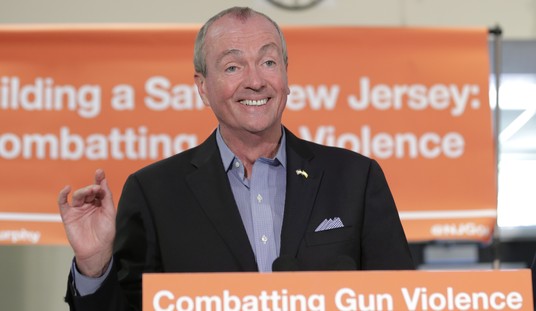Just how much as the RNC and the Trump campaign improved its get-out-the-vote operations in four years? In the 2016 cycle, the RNC had to do most of the heavy lifting on both data and groundwork, as Team Trump focused more on rallies and earned media. Hillary Clinton essentially bailed out both by being perhaps the worst major-party candidate in recent memory at GOTV, losing hundreds of thousands of votes in battleground states from Barack Obama’s 2012 totals and allowing Donald Trump to steal Wisconsin and Michigan out from under her without any real increase in Republican turnout. Trump did boost turnout in Pennsylvania, where his campaign did do some energetic GOTV, but only modestly.
This time around, Joe Biden’s campaign can’t be counted upon to fumble turnout as badly, perhaps especially in this environment. It will take a more concerted effort by the Trump/RNC combined campaign to contend in the battleground states. And this time, Axios reports, they’ve put together a much more assertive effort — but will it be enough?
The Trump campaign and RNC have now registered 100,000 new voters in the 2020 cycle, more than doubling their numbers from 2016 and shrinking Democrats’ registration advantage in key swing states, according to new Trump Victory data provided exclusively to Axios.
Why it matters: Democrats still have more active registered voters in Pennsylvania, North Carolina and Florida, but Republicans have managed to narrow the margins in those states by tens of thousands of voters since 2016.
The efforts targeted the key states, and not just the Blue Wall where Trump won in 2016. To a large extent, they’re trying to shore up the Red Wall, too:
Republicans have lessened the margin by 133,000 registered voters in Pennsylvania and 87,000 voters in Florida.
Republicans have also chipped away at Democrats’ advantage in the tossup state of North Carolina — gaining a net 216,410 voters since Election Day 2016. …
In Iowa, the number of registered Democratic voters surpassed Republicans in March, but Republicans recently took back the advantage. Democrats had been outpacing Republicans in Arizona as well — but since April, Republicans have overtaken them.
That is very good news indeed, but it’s also only half the story. Registration wins only count if the new voters end up casting ballots. With many states pressing forward with mail-in balloting, that part of GOTV gets incredibly complicated. And with Donald Trump putting up a hard fight against the mail-in systems, it might discourage voters from participating — or so the Washington Post warns:
President Trump’s unfounded attacks on mail balloting are discouraging his own supporters from embracing the practice, according to polls and Republican leaders across the country, prompting growing alarm that one of the central strategies of his campaign is threatening GOP prospects in November.
Multiple public surveys show a growing divide between Democrats and Republicans about the security of voting by mail, with Republicans saying they are far less likely to trust it in November. In addition, party leaders in several states said they are encountering resistance among GOP voters who are being encouraged to vote absentee while also seeing the president describe mail voting as “rigged” and “fraudulent.”
As a result, state and local Republicans across the country fear they are falling dramatically behind in a practice that is expected to be key to voter turnout this year. Through mailers and Facebook ads, they are racing to promote absentee balloting among their own.
Trump’s attacks on mass mail balloting are not entirely “unfounded,” even he’s primarily using a weaker argument about potential fraud. The better argument is undue complexity and multiple points of failure, which experience has proven in primaries held in New York, California, and Florida this year already. Failure rates of 3% or higher in states where the eventual margin of victory can be expected to be 2% or lower will create all sorts of credibility issues for the results, not to mention endless legal challenges and interventions that could derail an efficient transition of power. It’s beyond obtuse to pretend that these problems don’t exist, even in absentee balloting, which is why states traditionally limit that process to necessity only.
Still, the argument against mass mail-in ballots — valid as it is — might end up depressing Republican turnout in the end. If states decide to proceed with mass mail-in voting, then the registration advantage might dissipate. Republicans had better come up with a Plan B on GOTV, and soon.








Join the conversation as a VIP Member